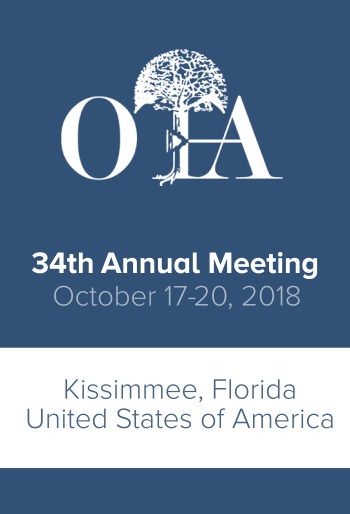
OTA2018: Early narcotic consumption not reduced with fascia iliaca block after peritrochanteric Frx

OTA2018: Early narcotic consumption not reduced with fascia iliaca block after peritrochanteric Frx
Fascia Iliaca Block for Peritrochanteric Femur Fractures: Can It Reduce Immediate Postoperative Narcotic Usage?
CONFERENCE ACE REPORTS
This ACE Report is a summary of a conference presentation or abstract. The information provided has limited the ability to provide an accurate assessment of the risk of bias or the overall quality. Please interpret the results with caution as trials may be in progress and select results may have been presented.
Synopsis
59 patients scheduled for operative fixation of a closed peritrochanteric fracture were randomized to either preoperative fascia iliaca block or sham block with saline. Patients were assessed for narcotic consumption over the first 24 hours after surgery. Results demonstrated no significant differences between groups in narcotic consumption after 24 hour postoperatively.
To view the full content, login to your account,
or start your 30-day FREE Trial today.
FREE TRIAL
LOGIN
Forgot Password?
Explore some of our unlocked ACE Reports below!

Learn about our AI Driven
High Impact Search Feature
Our AI driven High Impact metric calculates the impact an article will have by considering both the publishing journal and the content of the article itself. Built using the latest advances in natural language processing, OE High Impact predicts an article’s future number of citations better than impact factor alone.
Continue



 LOGIN
LOGIN

Join the Conversation
Please Login or Join to leave comments.